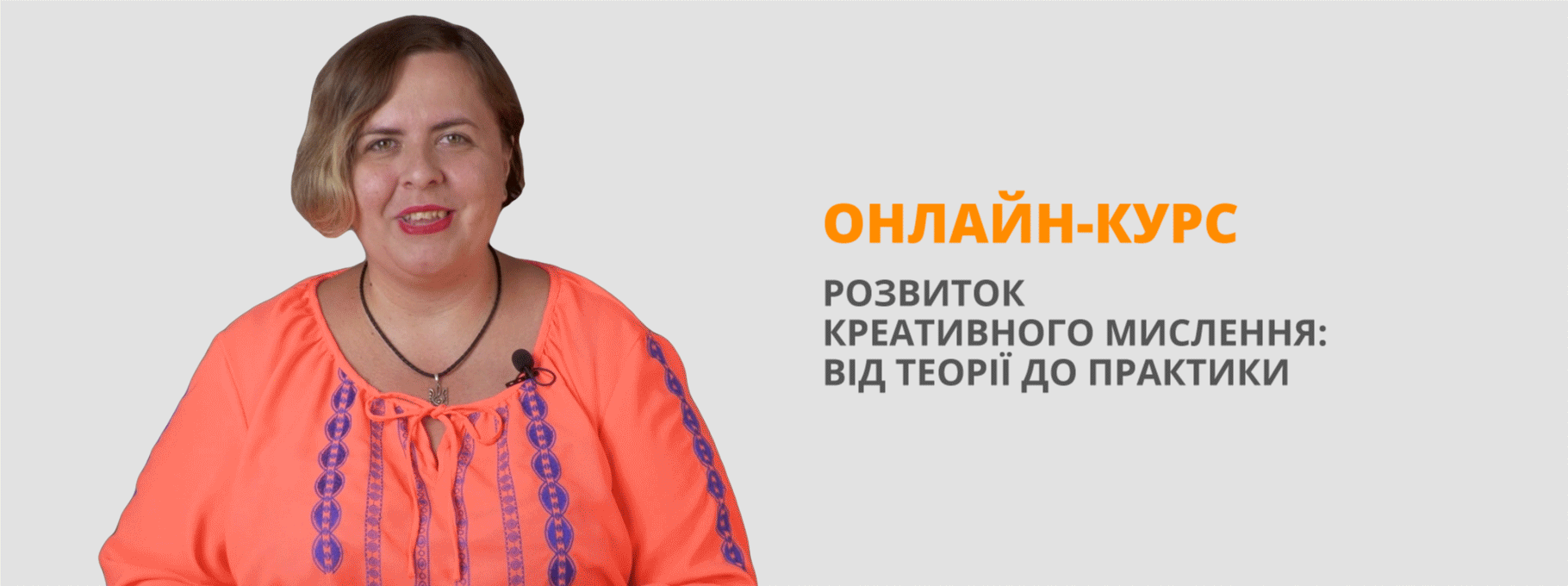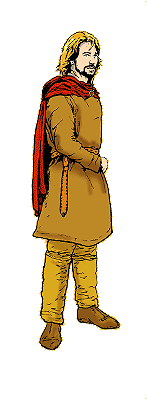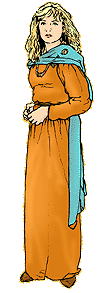Reading Comprehension Great Britain Celtic and Roman Periods
Great Britain. Celtic Period. Roman Period
Test
Mark 1-6
1. The Celts lived in Great Britain during
a) the Bronze Age b) the Stone Age c) the Iron Age
2. The Celts were
a) warring tribes b) a great civilizing force c) native people of British Isles
3. The iron plough the Celts used was
a) a stick with a pointed end harnessed behind two oxen b) pulled by a team of eight oxen
4. Women in Celtic tribes
a) couldn't own property b) couldn't become war leaders c) were equal to men
5. A skilled Celtic warrior had
a) a light chariot b) a number of trophy heads to display c) his family and baggage in the battle
6. Kingship in Celtic tribes
a) gradually became hereditary b) was always awarded to the best war leader c) never existed
7. The Romans involved the conquered tribes in
a) fighting their enemies b) the administration of the Roman Empire c) the administration of their new province
8. After Roman invasion the Celtic society changed
a) from rural to urban b) from urban to rural c) from warriors to farmers
9. The Roman amphitheatre offered
a) classical plays, pantomime and religious festivals
b) gladiatorial combats, contests between men and animals and public executions
10. Villas in Britain were owned by
a) the Romans b) ordinary farmers c) the conquered tribal aristocracy
11. Hadrian's Wall is
a) the most northerly wall built by the Romans in Britain
b) an impressive engineering construction worth visiting
12. The building of Hadrian's Wall was done by
a) Celtic farmers b) Roman legions c) conquered warriors
Mark 7-12
- What was the difference between Celtic and Roman invasion?
- Why couldn't the Celts be considered one people?
- Why were Celtic fields long and narrow?
- What was Druids' role in the life of the tribe?
- What colour was the plant dye used as war paint by the Celts?
- Who first brought Roman troops to Britain?
- How did the change in Celtic kingship influence Roman invasion?
- Why did the Romans choose London as their capital?
- What industry did villas develop?
Anglo-Saxon Invasion
The Anglo-Saxons
The term Anglo-Saxon is a relatively modern one. It refers to settlers from the German regions of Angeln and Saxony, who made their way over to Britain after the fall of the Roman Empire around AD 410.
The Roman armies withdrew from Britain early in the fifth century because they were needed back home to defend the crumbling centre of the Empire. Britain was considered a far-flung outpost of little value.
At this time, the Jutes and the Frisians from Denmark were also settling in the British Isles, but the Anglo-Saxon settlers were effectively their own masters in a new land. They replaced the Roman stone buildings with their own wooden ones, and spoke their own language, which gave rise to the English spoken today.
The Anglo-Saxons also brought their own religious beliefs, but the arrival of Saint Augustine in 597 converted most of the country to Christianity.
The Anglo-Saxon period lasted for 600 years, from 410 to 1066, and in that time Britain's political landscape underwent many changes.
The early settlers kept to small tribal groups, forming kingdoms and sub-kingdoms. By the ninth century, the country was divided into four kingdoms - Northumbria, Mercia, East Anglia and Wessex.
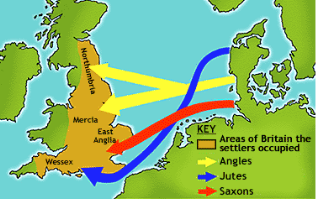
Wessex was the only one of these kingdoms to survive the Viking invasions. Eric Bloodaxe, the Viking ruler of York, was killed by the Wessex army in 954 and England was united under one king - Edred.
Most of the information we have about the Anglo-Saxons comes from the Anglo-Saxon Chronicle, a year-by-year account of all the major events of the time. Among other things it describes the rise and fall of the bishops and kings and the important battles of the period. It begins with the story of Hengist and Horsa in AD 449.
Anglo-Saxon rule came to an end in 1066, soon after the death of Edward the Confessor, who had no heir. He had supposedly willed the kingdom to William of Normandy, but also seemed to favour Harold Godwinson as his successor.
Harold was crowned king immediately after Edward died, but he failed in his attempt to defend his crown, when William and an invading army crossed the Channel from France to claim it for himself. Harold was defeated by the Normans at the Battle of Hastings in October 1066, and thus a new era began.
Who were the Anglo-Saxons?
The Angle, Saxon, and Jute tribes who invaded Britain in the 5th and 6th centuries are known as the Anglo-Saxons. They left their homelands in northern Germany, Denmark and northern Holland and rowed across the North Sea in wooden boats.
Why did they come?
Historians are not sure why the Anglo-Saxons came to Britain. It may have been because their land often flooded and it was difficult to grow crops, so they were looking for new places to settle down and farm. Some sources say that Saxon warriors were invited to come to England. When the Romans left in AD 410, Britain no longer had a strong army to defend itself.
Where did they settle?
The Anglo-Saxons took control of most of Britain, although they never conquered Scotland, Wales and Cornwall. They divided the country into kingdoms, each with its own royal family. The stronger kingdoms often took control of the weaker kingdoms. By around AD 600 the five main Anglo-Saxon kingdoms were Northumbria, Mercia, Wessex, Kent and Anglia.
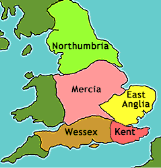
Offa was King of Mercia in the 8th century. He built a long earth wall and ditch along the border with Wales in order to keep the Welsh tribes out of his kingdom. It is called Offa's Dyke.
Anglo-Saxon life
Where did the Anglo-Saxons live?
When the Anglo-Saxons arrived in Britain in the 5th and 6th centuries, they found that most of the towns built by the Romans had fallen into ruins. The early Anglo-Saxons lived in small settlements consisting of just two or three families and a few buildings. Later, settlements grew into villages and small towns. A settlement included workshops, living accommodation and store-houses.
What were Anglo-Saxon buildings like?
Anglo-Saxon houses were built of wood and had thatched (covered in straw) roofs. At West Stow in Suffolk archaeologists found the remains of an early Anglo-Saxon village and reconstructed it using Anglo-Saxon methods. They found that the village was made up of small groups of houses built around a larger hall. The houses had only one room and a hearth (fireplace) for cooking, heating and light. Anglo-Saxon families were large. Everyone from young babies to the elderly lived under one roof.
Anglo-Saxon dress
|
|
|
Clothing styles varied from region to region and also changed throughout the Anglo-Saxon period. These are the costumes worn by early Angle settlers.
As the Anglo-Saxons adopted the Christian religion their dress styles changed. Women started to wear costumes that revealed less of their body and covered their heads.
Men and women
Early Anglo-Saxons buried the dead with their belongings. This provides evidence of the different jobs done by men and women. Men's graves include knives and spears, which suggests they were involved in hunting, fighting and farming. Women's graves include tools used for sewing and weaving, which suggests they were involved in making clothes. Cloth was made by spinning the wool into a thread, then weaving it on an upright loom.
Freeman or slave?
Most people in Anglo-Saxon society were either freemen or slaves. A freeman owned land and slaves. A slave owned nothing and was the freeman's property. Richer freemen were known as 'thanes'. The most important thanes helped the king rule. Slaves were badly treated. They could not leave their owner unless they were sold or set free.
Crime and punishment
The Anglo-Saxons didn't have prisons. People were often punished with fines. For minor crimes, a nose or a hand might be cut off. If a person killed someone they had to pay money to the dead person's relatives. This was called a 'wergild' . The amount depended on whether the victim was a slave or freeman.
People who ran away from their punishment were declared 'outlaws'. No one would be punished for doing harm to an outlaw.
Anglo-Saxon beliefs
Early Anglo-Saxon beliefs
The early Anglo-Saxons were pagans and believed in many gods. When people died they were either cremated and put in a pottery urn or buried with their belongings. It was believed that the dead would need their belongings in their next life. Slaves were sometimes buried with their masters, so that they would carry on serving them in the afterlife.
In 1939, an amazing discovery was made at Sutton Hoo in Suffolk. When a large earth mound was dug up archaeologists found traces of an Anglo-Saxon ship and many precious objects. Archaeologists think this may have been the grave of King Redwald, who died around 625. Archaeologists never found the body of the king, but chemical tests on the soil proved that the body had once been there.
The coming of Christianity
After the Romans left, Christianity continued in the areas of England where Anglo-Saxons did not settle. In 597 the Pope sent a monk called Augustine to England to persuade the Anglo-Saxon kings to become Christians. Over the next two centuries, many Saxons turned to Christianity and hundreds of churches and monasteries were built. The monasteries were centres of learning, where monks and nuns devoted themselves to studying the Bible.
The only children that went to school in Anglo-Saxon times where those that lived in monasteries. Years were spent in prayer, copying out manuscripts and writing books. The monks wrote on sheets called vellum made out of the dried skin of calves. Many animals were needed to make one manuscript.
Anglo-Saxon pastimes
Anglo-Saxon feasts
Feasts were held in the lord's hall. During the winter months everyone who was loyal (faithful) to the lord would gather around the fire for a feast. At a feast people would eat roast meat, bread and fruit and drink beer or mead, a drink made from honey. People often drank too much, so feasts would sometimes end in fights.
Entertainment
As they ate and drank, the Anglo-Saxons listened to songs and stories about brave warriors and their adventures. One of the Anglo-Saxons' favourite stories was about Beowulf, a heroic prince who killed several monsters. Beowulf was first written down in the 8th to 9th centuries, many years after it was first told. Music was played to accompany the songs and poems. The most popular instrument was the lyre. Storytellers could not read or write so they had to recount long poems from memory.
Riddles and runes
The Anglo-Saxons liked to play with words and amused themselves by telling riddles , some of which were written down. See if you can solve the riddle below.
I appear on the ground like a blanket, and melt in the midday sun.
Early Anglo-Saxons wrote using letters called runes. They believed runes had magical powers. Most early Anglo-Saxons did not know how to write.
What happened to the Anglo-Saxons?
Viking invasion
In the 8th and 9th centuries the people of Scandinavia, who were known as the Vikings, began to come to Britain. Anglo-Saxon accounts describe terrible Viking raids in which people were massacred (killed), churches destroyed, and animals and precious objects stolen. By the end of the 870s, the Vikings occupied most of eastern England. Their territory was called the Danelaw.
Alfred the Great
By 878 the Vikings had conquered all of England except Wessex. Wessex remained Anglo-Saxon as King Alfred of Wessex defeated the Vikings in battle. Gradually, the areas of England under Viking rule were reconquered by Alfred's descendants.
King Alfred decided that a book should be written about the Anglo-Saxons. It was called the Anglo-Saxon Chronicle. Much of what we know about the Anglo-Saxons comes from this book.
The Norman Conquest
The Anglo-Saxon period came to an end in 1066 when Duke William of Normandy came to England and defeated Harold, the Earl of Wessex, in the Battle of Hastings. This was the beginning of the Norman period in English history.
Anglo-Saxon influence
The six centuries of Anglo-Saxon rule have had a lasting influence on England. Many places are still called by their Anglo-Saxon names, and many Anglo-Saxon words are still used today. Our system of law is also based on ideas that can be traced back to Anglo-Saxon times.
Words used today
faether – father
sunu – son
dohtor – daughter
chese - cheese
Anglo-Saxon place-names
ford - river crossing
ham – settlement
den – hill
ton - farm or village
wic - farmstea


про публікацію авторської розробки
Додати розробку
